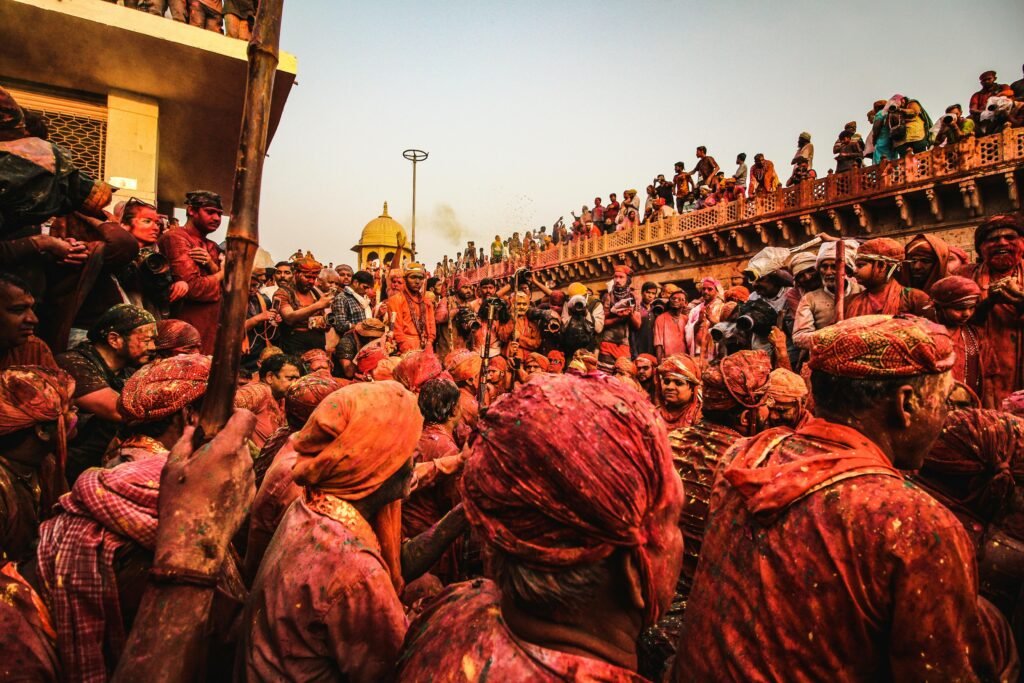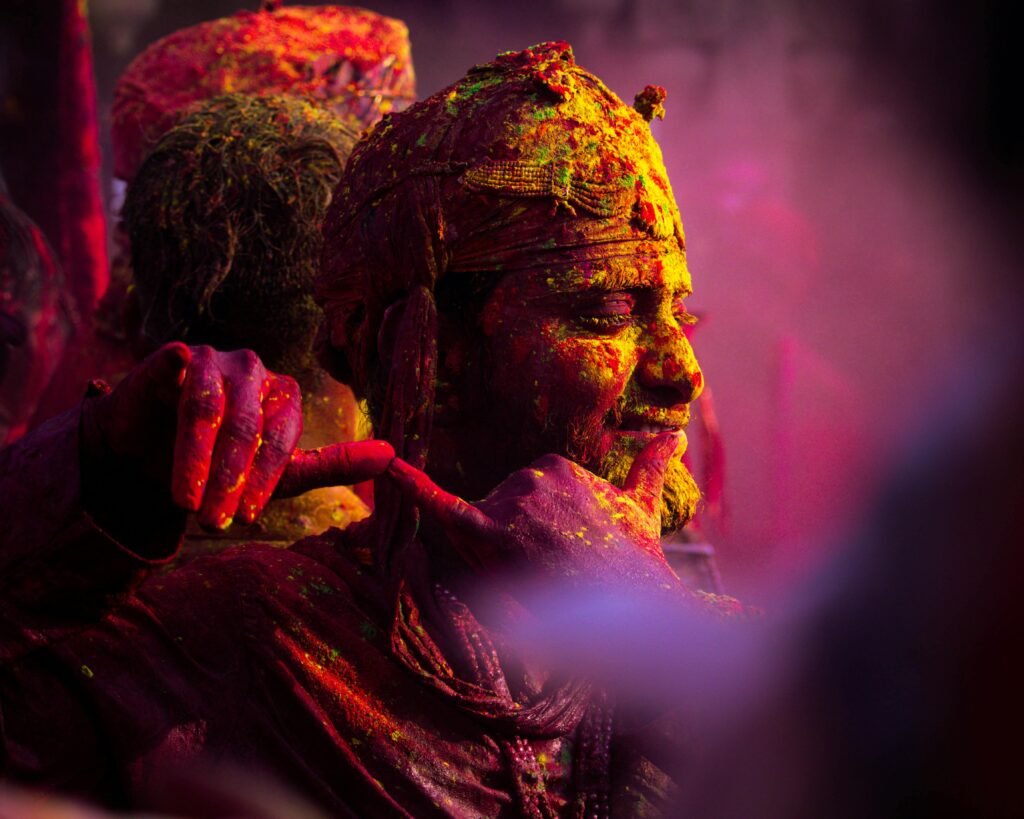
Introduction: The Road Less Travelled in Hindu Temple Exploration
When it comes to spiritual journeys, most people think of famous sites like Varanasi or Tirupati. But exploring offbeat temples with unique histories can be even more rewarding. These hidden gems, tucked away in remote locations, offer a glimpse into forgotten traditions and untold legends. They aren’t just places of worship — they are living stories that connect you to India’s rich past.
Offbeat temples often hold fascinating myths that go beyond mainstream narratives. Take the Chausath Yogini Temple in Morena, Madhya Pradesh, for example. Built in the 10th century, it’s one of the rare circular temples dedicated to 64 tantric goddesses. Or consider the Lepakshi Temple in Andhra Pradesh, where the famed “hanging pillar” defies gravity and continues to baffle engineers. These temples offer not just spiritual solace but also a sense of awe and wonder.
Exploring these lesser-known sites can deepen your spiritual connection. Unlike popular temples, where rituals often become hurried, these places allow you to soak in the peaceful energy. You can pause, reflect, and engage with ancient practices that have been preserved for centuries. For instance, the Bet Dwarka Temple in Gujarat, believed to be part of Lord Krishna’s kingdom, gives you a chance to experience devotion amid serene surroundings.
This article explores offbeat temples with unique histories that lie beyond typical tourist trails. You’ll learn about their captivating stories, unique rituals, and why they deserve your attention. Whether you’re a history enthusiast or a spiritual seeker, these hidden gems promise a journey filled with wonder and reverence. Get ready to explore temples that go beyond the ordinary and offer a gateway to India’s untold spiritual treasures.
Why Explore Offbeat Temples?
Visiting offbeat temples with unique histories gives you a chance to escape the crowds and experience spirituality in peace. These hidden gems allow you to connect with divine energies without the distractions of bustling tourist spots. At the Bhimashankar Temple in Maharashtra, nestled in the Sahyadri hills, you can feel the serenity that enhances your devotion.
These temples also bring alive ancient legends and forgotten folklore. The Kamakhya Temple in Assam celebrates the power of Shakti and hosts the mystical Ambubachi Mela, a festival symbolizing fertility and creation. Similarly, the Lepakshi Temple in Andhra Pradesh holds tales of Lord Shiva’s divine presence and intricate Vijayanagara architecture.
By visiting these lesser-known sites, you help preserve India’s rich heritage. These temples safeguard ancient rituals, art, and culture that continue to thrive. Exploring them isn’t just a journey — it’s a step toward preserving history.
Top Offbeat Temples in India with Unique Histories
India is home to countless temples, each with its own spiritual charm. However, offbeat temples with unique histories offer experiences that go beyond the ordinary. These hidden gems not only house divine energy but also preserve ancient traditions, myths, and mysteries. Let’s explore some of these incredible temples that promise to take you on a journey through India’s untold stories.
Bhimashankar Jyotirlinga (Maharashtra)
Nestled in the dense forests of the Sahyadri Hills, Bhimashankar Jyotirlinga is one of the twelve sacred Jyotirlingas of Lord Shiva. According to legend, Lord Shiva manifested here after defeating the demon Tripurasura. The temple’s serene surroundings, rich with biodiversity and rare wildlife, make it a perfect destination for both spiritual seekers and nature lovers. You’ll also find the Shekhar wildlife sanctuary nearby, adding to the charm of this hidden gem. The best time to visit is during Mahashivaratri, when the temple comes alive with devotion.
Chausath Yogini Temple (Morena, Madhya Pradesh)
The Chausath Yogini Temple is a masterpiece of ancient architecture and tantric traditions. Built in the 10th century, it features a circular structure with 64 intricately carved shrines dedicated to the Yoginis, female deities representing cosmic energies. Interestingly, this temple inspired the design of the Indian Parliament House. According to folklore, these Yoginis were protectors of the kingdom and possessed immense powers. If you love exploring ancient mysteries and unique structures, this temple is a must-visit.
Kamakhya Temple (Assam)

Perched atop the Nilachal Hill in Assam, the Kamakhya Temple is a major Shakti Peetha, dedicated to Goddess Kamakhya. It celebrates Ambubachi Mela, an annual festival that marks the goddess’s menstrual cycle, symbolizing fertility and the creative power of nature. Unlike other temples, Kamakhya worships the yoni (womb) of the goddess, making it a powerful center of Shakti worship. Thousands of devotees, tantrics, and seekers gather here during the festival to witness this divine phenomenon.
Lepakshi Temple (Andhra Pradesh)
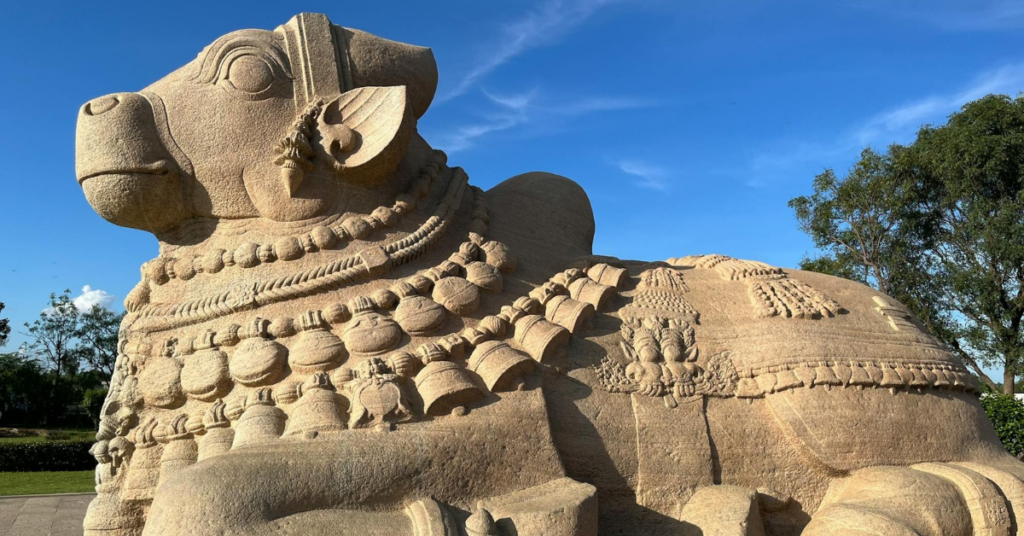
The Lepakshi Temple, built during the Vijayanagara Empire, is famous for its hanging pillar — a pillar that doesn’t touch the ground. Devotees often pass a cloth underneath to experience this architectural marvel. According to legend, this is where Lord Rama’s devotee, Jatayu, fell while trying to rescue Sita from Ravana. The temple also boasts intricate frescoes and carvings depicting scenes from the Ramayana and Mahabharata. For history and architecture lovers, Lepakshi offers a fascinating glimpse into India’s rich past.
Bet Dwarka Temple (Gujarat)
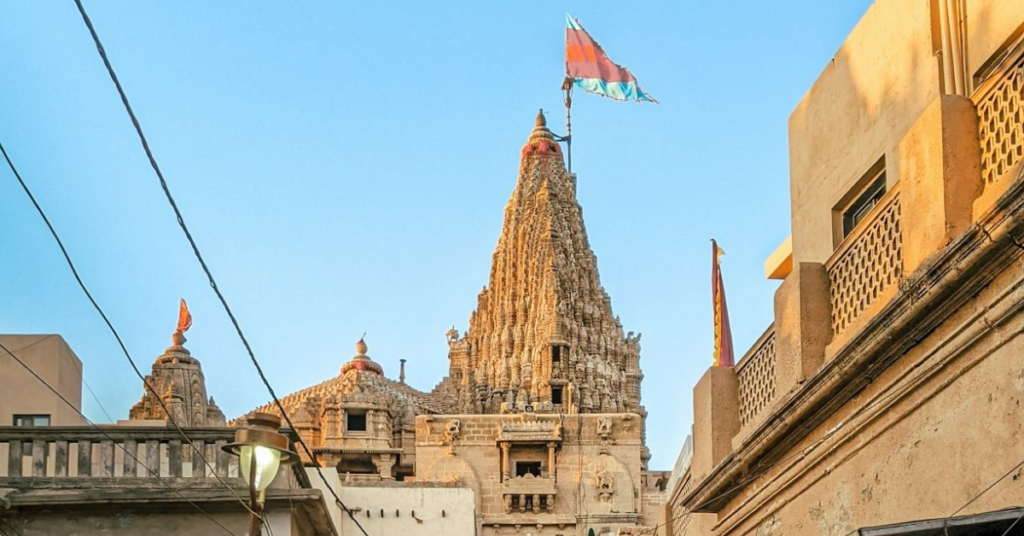
Located on a small island off the coast of Gujarat, Bet Dwarka is believed to be part of Lord Krishna’s ancient kingdom. Archaeological evidence suggests that the submerged structures near the island date back to 1500 BCE, making it a site of historical and spiritual significance. The temple celebrates Janmashtami with grandeur, drawing thousands of devotees. A boat ride across the Arabian Sea adds to the adventure of visiting this sacred site.
Karni Mata Temple (Deshnoke)
Known as the Temple of Rats, the Karni Mata Temple houses over 25,000 rats that are revered as sacred beings. Devotees believe these rats are reincarnations of Karni Mata’s followers. Spotting a white rat is considered highly auspicious and a sign of blessings. Despite the unusual setting, the temple’s devotees show deep devotion, and it attracts curious travelers eager to witness this unique spectacle.
Shri Mataji Talapatri Temple (Andhra Pradesh)
Shri Mataji Talapatri Temple is often referred to as the Floating Temple due to the illusion that it hovers over the surface of the Penna River. During monsoons, when the river swells, the temple appears to float, creating a breathtaking sight. The temple’s ancient origins and its association with local deities add to its mystical charm. The visual marvel of the floating effect, combined with the spiritual energy, makes this temple a must-see destination.
Brahma Temple ( Pushkar)
The Brahma Temple in Pushkar is one of the very few temples dedicated to Lord Brahma. According to legend, Lord Brahma performed a yagna here, but his wife Saraswati cursed him that he would not be worshipped anywhere else. Despite the curse, the temple draws thousands of devotees, especially during Kartik Purnima, when the Pushkar Fair transforms the town into a vibrant spiritual hub. This temple serves as a reminder of devotion’s triumph over divine challenges.
Mysterious and Unexplained: Temples with Intriguing Phenomena
a. Kailasa Temple (Ellora, Maharashtra):Carved out of a single rock, this architectural wonder continues to baffle archaeologists. Some theories suggest advanced ancient engineering techniques.
b. Jwala Ji Temple (Himachal Pradesh):The eternal flame burning at the Jwala Ji Temple remains a mystery. Despite scientific efforts, the source of this flame remains unexplained.
c. Konark Sun Temple (Odisha):Known for its intricate carvings and precise astronomical alignment, the Konark Sun Temple continues to leave scientists and historians amazed.
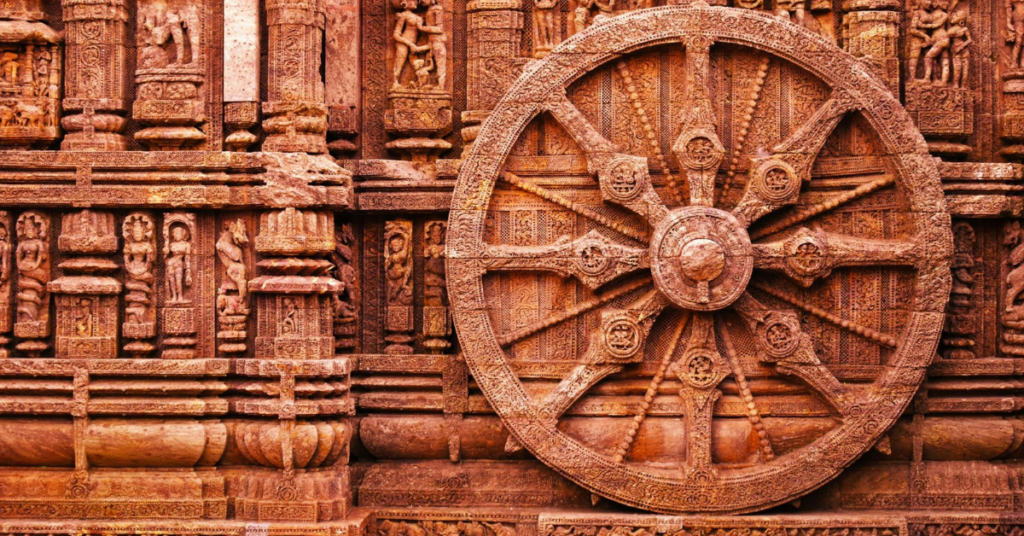
d. Pancha Bhoota Temples (South India):These five temples represent the five elements — earth, water, fire, air, and space. Their locations and energies align with cosmic principles, adding a mystical dimension to their existence.
If you wish to know more about temples famous for miracles, read our blog Temples Known for Miracles and Wish Fulfillment.
Why These Temples Deserve Your Visit
Exploring offbeat temples with unique histories lets you witness India’s ancient wisdom, architectural marvels, and spiritual practices. These sacred spaces not only connect you to divine energies but also keep India’s cultural heritage alive. Whether you’re drawn by myths, architecture, or unexplained phenomena, these temples promise a journey filled with wonder, devotion, and discovery.
Pack your bags and set out on a spiritual adventure beyond the usual tourist trails. You never know what mysteries and miracles await you!
How to Plan Your Visit to These Hidden Gems
Best Time to Visit
The best time to explore offbeat temples with unique histories is usually during the cooler months, between October and March. This period ensures pleasant weather, making it easier to explore remote locations. Festivals like Mahashivaratri at Bhimashankar or Ambubachi Mela at Kamakhya offer a chance to witness vibrant rituals and traditions. If you enjoy spiritual energy and festive vibes, visiting during such events can make your journey even more enriching.
Travel Tips for Exploring Remote Locations
When traveling to these lesser-known temples, prepare for basic facilities and carry essentials like water, snacks, and first-aid kits. Many of these temples, such as Lepakshi in Andhra Pradesh, are located in remote areas where public transport may be limited. Hiring a local guide helps you uncover hidden stories and navigate these sites effortlessly. Don’t forget to check weather conditions and local advisories before starting your journey.
Respecting Local Traditions and Guidelines
Always respect the customs and traditions followed at these sacred sites. Cover your head, dress modestly, and follow the temple’s rules. Some temples, like Karni Mata Temple in Rajasthan, have unique rituals that might surprise you. Be mindful of photography restrictions and seek permission if needed. Your respectful behavior ensures a fulfilling spiritual experience while preserving the sanctity of these ancient places.
Stories and Legends Behind These Temples
Mythological Connections
Many offbeat temples with unique histories are deeply rooted in Hindu mythology. The Bhimashankar Temple is believed to be where Lord Shiva destroyed the demon Tripurasura, protecting the three worlds. Similarly, the Lepakshi Temple is said to be the spot where Jatayu, the valiant bird from the Ramayana, fell after trying to rescue Sita from Ravana. These stories add layers of spiritual depth, making your visits feel like stepping into mythological tales.
Folklore Passed Down Through Generations
Folklore has kept the magic of these temples alive for centuries. At the Karni Mata Temple in Rajasthan, devotees believe Karni Mata’s blessings transformed her followers into rats, who now reside in the temple. Spotting a white rat among them is considered a divine blessing. In Assam’s Kamakhya Temple, folklore celebrates the goddess’s creative power, where her womb is worshipped as a symbol of Shakti. These stories have been passed down through generations, adding mystery to these sacred places.
Historical Significance Tied to Rulers and Dynasties
Many of these temples also have fascinating historical ties. The Chausath Yogini Temple in Madhya Pradesh was built by the Kachchhapaghata dynasty in the 10th century and showcases tantric architectural brilliance. The Konark Sun Temple, constructed by King Narasimhadeva I of the Eastern Ganga dynasty, is an architectural marvel aligned with astronomical precision. Exploring these temples lets you witness the artistic and spiritual legacy left behind by ancient rulers and devotees.
Each of these temples not only narrates divine stories but also connects you to India’s rich historical and spiritual heritage.
Conclusion
Preserving offbeat temples with unique histories is essential for maintaining India’s rich architectural and cultural heritage. These ancient structures are more than just places of worship — they hold stories of divine miracles, historical achievements, and spiritual evolution. Temples like the Chausath Yogini Temple and Lepakshi Temple showcase intricate designs and craftsmanship that need protection for future generations.
Exploring these hidden gems allows you to step beyond the usual tourist routes and discover India’s spiritual diversity. Whether it’s witnessing the eternal flame at Jwala Ji Temple or feeling the serenity of the Bhimashankar Jyotirlinga, these offbeat temples offer experiences that enrich your soul. Each visit adds a new chapter to your spiritual journey while helping preserve these timeless wonders.
If you’re ready to explore beyond mainstream destinations, download the Divyakripa app to plan your pilgrimage. It offers insights, travel tips, and spiritual guidance to make your journey seamless and enriching. By venturing to these lesser-known sites, you not only nurture your own spiritual growth but also contribute to the protection of India’s vibrant heritage.
So, pack your bags and set out on a journey to uncover the hidden spiritual treasures of India. Let these temples surprise you with their divine stories and timeless beauty!

